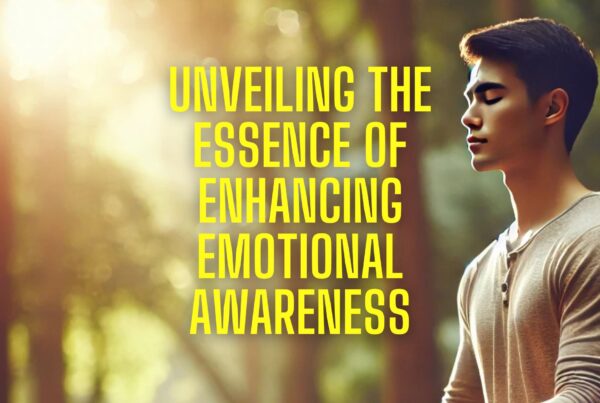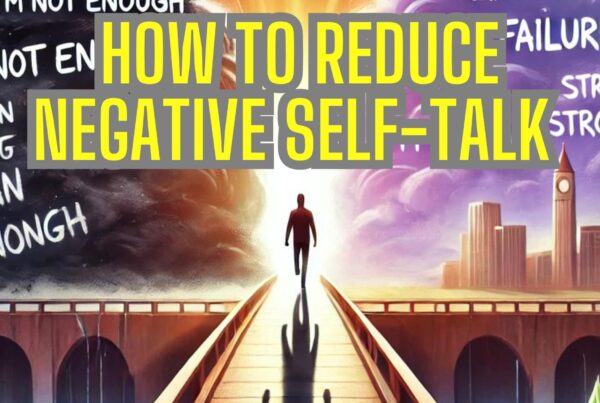The Havening Technique: A Comprehensive Guide to Anxiety Relief
In the vast landscape of mental health therapies, the Havening Technique is carving out a niche as a potent tool for individuals grappling with anxiety. This innovative approach, deeply rooted in cognitive behavioral therapy (CBT), offers a fresh perspective on managing and alleviating anxiety symptoms, making it a beacon of hope for many.
Origins of the Havening Technique
The Havening Technique, while relatively new, is built upon decades of psychological research. It’s a culmination of understanding human neurology, behavior, and the intricate ways our past experiences shape our present. By tapping into the brain’s neuroplasticity, Havening seeks to reshape and reframe negative experiences, offering a path to healing.
What Sets Havening Apart?
While there are numerous therapies available, what makes Havening stand out is its focus on ‘touch’ as a healing modality. In a world increasingly dominated by digital interactions, the power of human touch is often overlooked. Havening brings this to the forefront, emphasizing its therapeutic potential.
Delving Deeper: The Science of Havening
The brain is a complex organ, with myriad pathways and connections. When we experience trauma or intense anxiety, certain pathways become more entrenched, leading to recurring distress. The Havening Technique aims to disrupt these pathways, creating new, healthier connections.
- Neurotransmitters and Havening: At the heart of this technique is the understanding of neurotransmitters, especially dopamine. By generating positive sensations and memories, Havening stimulates the release of dopamine, a feel-good chemical. This counters the effects of stress hormones and paves the way for healing.
- Brain Waves and Healing: Havening also impacts our brain waves. By inducing a state of calm, it promotes alpha brain wave activity, associated with relaxation and creativity. This not only alleviates anxiety but also fosters a positive mindset.
How Does It Work?
- Rate Your Distress: Before diving into the technique, it’s crucial to gauge your current level of distress. On a scale of one to five, where do you stand? This self-assessment provides a baseline to measure progress.
- Focus on Positivity: Shift your attention to a positive thought or memory. This step is vital as it sets the tone for the entire process.
- The Havening Touch: While concentrating on the positive thought, apply a gentle touch to your arms, face, and hands. This sensory input, combined with the positive focus, helps in rewiring the brain’s response to anxiety-inducing stimuli.
Practical Applications of Havening
- Trauma Recovery: For individuals with past traumas, Havening can be a transformative experience. By revisiting traumatic events in a controlled environment and using the Havening touch, they can reframe these memories, reducing their emotional impact.
- Stress Management: In today’s high-paced world, stress is a constant companion for many. Havening offers a quick and effective way to break the cycle of chronic stress, promoting relaxation and well-being.
- Enhancing Positivity: Beyond just addressing negative emotions, Havening can also amplify positive ones. By focusing on joyful memories and experiences, individuals can boost their mood and overall outlook on life.
The Broader Implications
The introduction of the Havening Technique in therapeutic circles has broader implications. It underscores the importance of holistic therapies that address both the mind and body. In an era where mental health issues are on the rise, such innovative approaches are not just welcome; they’re essential.
The Benefits of The Havening Technique
- Versatility: Apart from anxiety, Havening can address fears, phobias, traumatic memories, grief, cravings, and even pain.
- Quick Results: Many users report immediate relief after a session, making it a go-to for those seeking rapid results.
- Self-empowerment: The technique can be self-administered, empowering individuals to take control of their mental well-being.
The Havening Technique is not just another therapy; it’s a testament to the human spirit’s resilience and the brain’s incredible capacity to heal. By melding age-old wisdom about the power of touch with cutting-edge neuroscience, Havening offers a beacon of hope to those in the throes of anxiety. As we continue to understand more about the human psyche, therapies like Havening will undoubtedly play a pivotal role in shaping the future of mental health care.
Havening Technique Demonstration
Dr. Dawn-Elise Snipes, a renowned Licensed Professional Counselor and Qualified Clinical Supervisor, delves deep into the Havening Technique in her video. With a PhD in Mental Health Counseling, Dr. Snipes offers a comprehensive understanding of the method, emphasizing its potential benefits for those seeking relief from anxiety.
Release Hypnosis Melbourne Hypnotherapy
Since 2016, Lawrence Akers has been working under the name Release Hypnosis offering Hypnotherapy and ACT based work to the people of Melbourne or an online service. Based on St Kilda Rd, Release Hypnosis is an easy and convenient location to get to and accessible by the ANZAC station train and tram stop. Release Hypnosis can help with a wide range of presenting issues, and I offer a free 30 minute no obligation discovery call for those who are unsure if hypnotherapy is the right way forward for them.
Book Your FREE 30 Minute Consultation With Release Hypnosis NOW!
You may also like to read:
Discovering Purpose and Values: A Path to Mental Well-being
Can’t Visualise in Hypnosis? Here’s What You Can Do Instead.
Dealing with Financial Stress and Crisis: Finding Peace Amid Turbulence
What Is The Success Rate of Hypnosis?
Release Hypnosis Melbourne Hypnotherapy is accessible for people in: Abbotsford, Armadale, Albert Park, Balwyn, Bentleigh, Black Rock, Box Hill, Brighton, Brunswick, Bulleen, Bundoora, Camberwell, Canterbury, Carnegie, Caulfield, Chadstone, Cheltenham, Clayton, Coburg, Collingwood, Deer Park, Doncaster, Elsternwick, Eltham, Elwood, Epping, Essendon, Fairfield, Fitzroy, Footscray, Glen Iris, Glen Waverley, Glenhuntly, Greensborough, Hampton, Hawthorn, Heidelberg, Highet, Ivanhoe, Kew, Kooyong, Lalor, Laverton, Lower, Plenty, Macleod, Malvern, Middle Park, Moonee Ponds, Melbourne, Moorabbin, Mount Waverley, Murrumbeena, Northcote, Oakleigh, Ormond, Parkville, Pascoe Vale, Port Melbourne, Prahran, Preston, Richmond, Rosana, Sandringham, South Yarra, South Melbourne, Spotswood, St Albans, St Kilda, Surrey Hills, Templestowe, Thornbury, Toorak, Tullamarine, Williamstown, Yarraville, North Melbourne, Windsor, East Melbourne, Melbourne, Melbourne CBD, Melbourne 3004








